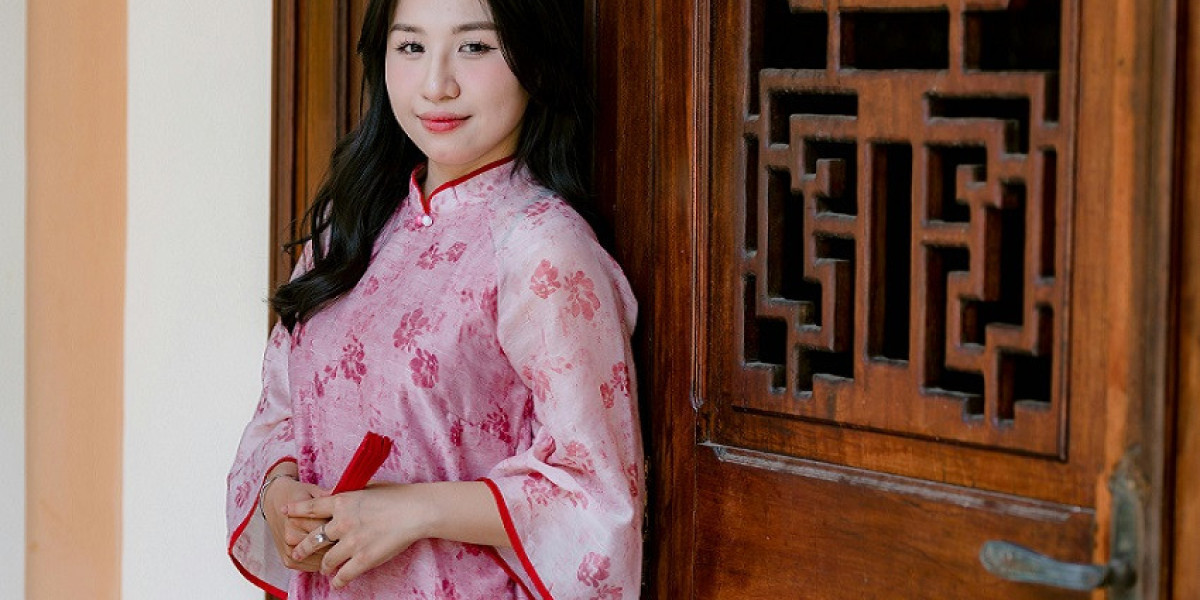Shawls are more than just fashion accessories they are cultural icons, practical layers, and timeless statements of elegance. Whether you're dressing for a wedding, adding warmth to your winter wear, or simply seeking a style upgrade, choosing the right shawl design can elevate your entire look. This comprehensive guide will help you make the perfect pick with confidence and flair.
Understanding the Purpose: Why Do You Need a Shawl?
Before diving into styles and fabrics, it’s crucial to understand the purpose of your shawl design . Is it for everyday warmth, a fashion accessory, or a cultural celebration? This decision shapes everything else from material to design.
Winter warmth: Opt for wool, cashmere, or pashmina.
Festive fashion: Go with embroidered, velvet, or silk shawls.
Religious or cultural: Traditional handwoven or heritage-inspired pieces are ideal.
Office or daily wear: Lightweight cotton or linen shawls suit casual use.
Material Matters: Picking the Right Fabric
The fabric determines not just the comfort but also the appearance and occasion suitability of your shawl design .
Wool: Thick and cozy; great for cold climates.
Cashmere: Luxurious, soft, and lightweight.
Silk: Shiny and elegant, perfect for events.
Cotton: Breathable and easy to care for.
Pashmina: Ultra-soft with a fine texture.
Velvet: Rich and regal, best for winter parties.
Each fabric has its charm match it with your weather, skin sensitivity, and occasion.
Design Patterns to Look For
Shawl designs range from minimalist solids to heavily embellished creations. Here are a few popular design categories:
Paisley motifs: Timeless elegance with Eastern roots.
Floral patterns: Feminine and versatile.
Geometric prints: Modern, bold, and trendy.
Ethnic embroidery: Handcrafted beauty from various regions.
Solid colors: Minimalist, classic, and versatile.
Each design tells a story choose one that complements your wardrobe and personality.
Traditional vs. Contemporary Shawl Designs
Traditional shawls like the Kashmiri Pashmina or Rajasthani Bandhani represent rich heritage. They pair beautifully with ethnic wear and festive attire.
Contemporary shawls, on the other hand, come in abstract prints, digital patterns, and fusion fabrics ideal for modern outfits and urban fashion lovers.
Mix and match styles to balance both classic and trendy in your wardrobe.
Color Theory: Choosing Shades That Flatter
Color plays a vital role in making or breaking your outfit. Consider your skin tone and wardrobe palette:
Fair skin tones: Jewel tones like emerald, ruby, and navy pop beautifully.
Medium skin tones: Earthy hues and bold contrasts work well.
Deep skin tones: Bright colors like orange, pink, and turquoise shine.
Neutral tones like black, beige, grey, and white are universally flattering and great for layering.
Length and Size: Finding the Right Fit
Shawls come in various sizes knowing what you need helps avoid buying the wrong one:
Stole: Short and narrow; perfect for formal wear.
Regular shawl: Versatile for draping over shoulders.
Wrap or cape style: Larger size for full coverage.
Oversized shawls work best in winter, while lighter stoles are ideal for spring or formal events.
Occasion-Based Shawl Selection
Pair the shawl design to your event type:
Weddings: Embroidered or embellished silk and velvet shawls.
Office wear: Subtle cotton or wool stoles in solid colors.
Religious gatherings: Traditional designs with cultural motifs.
Everyday casual: Light cotton, linen, or georgette shawls.
Always coordinate the shawl’s texture and pattern with your outfit for a cohesive look.
Regional Influences in Shawl Designs
Shawls carry cultural essence across regions:
Kashmiri shawls: Intricate hand embroidery and paisleys.
Turkish shawls: Rich textures and elegant fringe.
Moroccan shawls: Bold colors and geometric designs.
Pakistani shawls: Mirror work, phulkari, and digital prints.
Mexican rebozos: Bright stripes and indigenous patterns.
Exploring regional options adds depth and diversity to your collection.
How to Style a Shawl Creatively
Wearing a shawl isn’t limited to over-the-shoulder draping. Here are stylish ideas:
Belted wrap: Create a chic silhouette with a waist belt.
Poncho style: Let the shawl design hang evenly front and back.
As a headscarf: Combine function and fashion.
Knotted front: Keeps it secure and stylish.
Wrapped like a scarf: Great for cold days with coats.
Experiment with styles depending on your outfit, the weather, and your personal vibe.
Care and Maintenance Tips
To make your shawls last longer, follow these essential care tips:
Read labels: Always check care instructions.
Dry clean only fabrics: Like silk, pashmina, and velvet.
Avoid hanging: Fold and store neatly to prevent stretching.
Use lavender sachets: To keep moths away.
Iron on low heat: Or steam for wrinkle removal.
Proper maintenance preserves the beauty and shape of your shawl design .
Where to Buy High-Quality Shawls
Shop from reliable brands and artisans. Here are some tips:
Look for certifications with pashmina or silk.
Support local weavers and small businesses.
Choose online platforms with reviews and detailed product info.
Brands like Khaadi, Sana Safinaz, Pashmina.com, or local boutiques often have great options.
Conclusion: Your Perfect Shawl Awaits
Choosing the perfect shawl design is about aligning style, function, and personality. Whether you lean toward the luxurious softness of cashmere or the bold designs of ethnic embroidery, there's a shawl design out there made just for you. Use this guide to explore, experiment, and embrace the beauty of shawls as a central part of your fashion expression.


